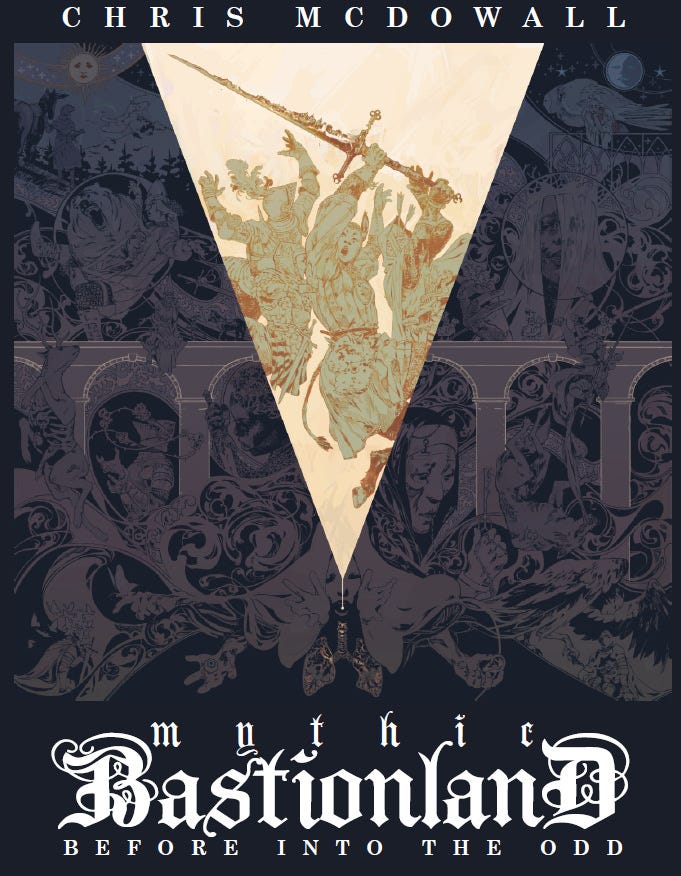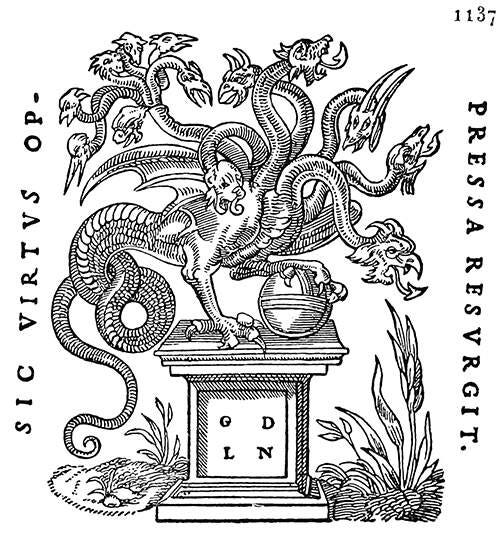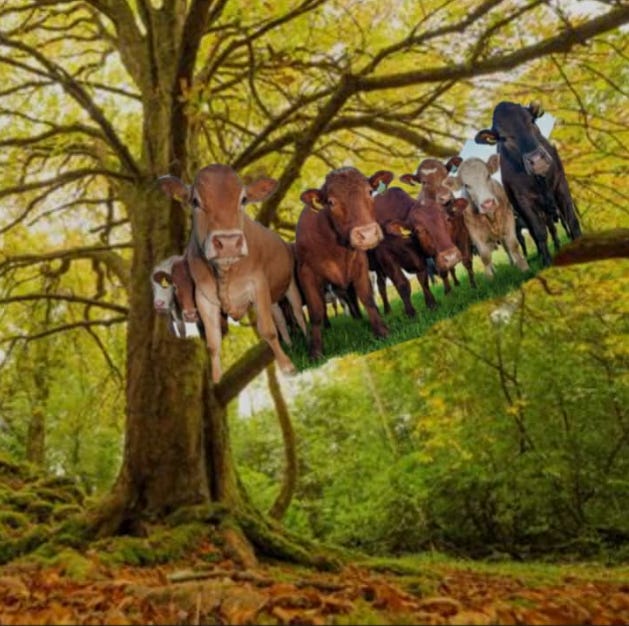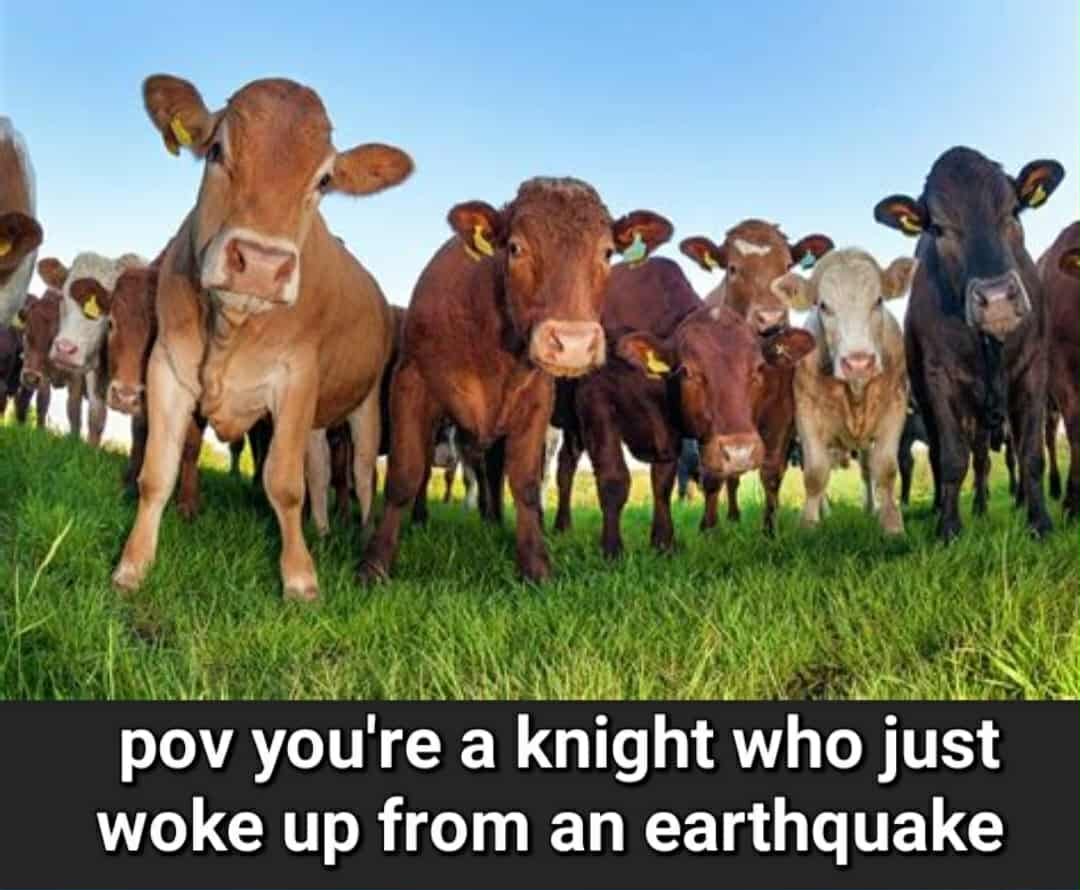Making Mythic Bastionland My Own With a Dash of Creativity
The Thorn Diaries #002
Adding a Dash of Creativity
The first couple of Mythic Bastionland (MB) games I ran for my groups kept the faith with the rules as written--as well as I could pull them off anyway. I like to learn a system before I take liberties with it; after those first two games, though, I felt comfortable with splicing my own additions into what has been a truly fruitful formula. It’s great to find a game that just clicks with me, and Mythic Bastionland is just such a one: it gets my creative juices flowing. Those first sessions were improv-heavy, and that allowed me and my players to learn some of the core aspects of the game; for me, the third session was all about improving on the lessons learned.
In my prep to run ttRPG sessions, I usually use Sly Flourish’s Secrets and Clues approach. It’s a simple enough concept: you make a list of several (usually ten) scene-agnostic pieces of information about the world to deploy at any time you might need them. Those might be pieces of history or valuable scraps of the story currently told; in my case, each detailed some aspect of a Landmark the characters might come across in their exploration of my Realm.
Why? I noticed that I’d struggle a little with improvising entire Landmarks on the spot, even with the endless amount of prompts the book provides. I figured I’d sketch an instance of every one of the six types of Landmark the Knights might come across, see how that would work.
(And yes, the book invites you to prep three to four Landmarks of each type and populate your Realm with them, but that was too much work just when I was prepping the hex-crawl map, and besides, the meme that best describes me is:
So you see why I couldn’t have done something like that until it was my idea, yeah?)
But since this is also a campaign diary, before I go into the prepped stuff, let me tell you about one of the most ridiculous “the dice are telling their own story” moments I’ve had in ten years of playing ttRPGs.
The Evolution of a Hydra
Never has a Hydra tormented players with such intensity. After the successful resolution of the Knights’ first encounter with the hydra during our previous session, we agreed that they spent the next several weeks enduring the hydra across the Fetid Deadlands, keeping it away from civilization. That meant several things: First, that the players’ primacy of action had removed one omen in the list of six. Second, it meant that our knights stank to the high heavens.
Wearied by cowering around a jungle, the Knights sought The Hydra they’d been playing tag with hadn’t been seen for a few days - they figured the danger was finally past. Huzzah!
So what happened as soon as they began their journey? Every Wilderness roll they had was an Omen roll, and every other time I rolled, I got the Hydra.
My poor Knights-Errant. Weeks spent in a jungle battling a Hydra they cannot hurt, and the moment they decide they’ve finally succeeded, the Hydra haunts them, a dog chasing a bone, or a shark having tasted blood. We cackled at how the Hydra evolved fire-breathing abilities at noon and the capacity for flight by midnight. And still the Knights endured it, retreating even as their steeds were very nearly turned to steak.
Omens Aren’t All Gloom
As they continued on their journey towards civilization, we kept rolling on the Wilderness table -- and finally, they got a different Myth! Two, in fact: the first, I tied nicely to the Winged Seer the Knights had met already; but it’s the second Myth that I want to turn your attention to. It’s a very dramatic one, but its first Omen...well, it proved that Omens can lead to the most hilarious situations, too.
A cowherd sleeps on a branch. Then, a rumble in the ground followed by their cattle stampeding this way.
As I narrated this, Lorelai’s player looked at me with a shocked expression. I could see what was going on through her mind, and I sputtered, trying to explain; but it was too late. We all cackled like hyenas at the mental image the Omen had summoned up in my player’s mind:
(And moments like this one, friends, are why playing make-believe with your friends is the best.)
The cattle stampede was easy enough to avoid for the Knights, even in the middle of the night, but we took a little while longer to recover from the cackling. This was the second night in a row that something ridiculous had happened to the Knights-Errant - with the flying Hydra attack the night before, the need for rest was really
Now, the other Myth whose omens started playing out this session was that of the Gargoyle. The first one, as I wrote above, let me weave a familiar Seer from the prior adventure: the Omen saw a pair of strapping lads breaking the stone fixtures at some long-abandoned temple. This resulted in a humorous scene where the lads were put in their place by the Knights, and in a long conversation between them and the Winged Seer later on, where a little bit of information on the Gargoyle was given.
It’s neither this nor the eventual meeting with the Gargoyle that I want to highlight. Rather, it’s what the players commented after the game: namely, these omens brought home to them the fact that Myths invited very different playstyles and solutions from what they’d experienced in the first session. A Myth might give life to something as deadly and unrepentant as a Hydra - but it can also bring to the Realm a stranger creature such as the Gargoyle. Cantankerous as it was, nothing about it invited the use of violence: if anything, the creature offered them a quest, and is there a thing Knights love better than to go questing?
They would’ve gone with it too, if it weren’t for all the narrative goodness I seeded in the Landmark they stumbled on, thanks to the dice.
The Benefit of a Prepped Landmark
It was nearly closing time when at long last, the Knights’ journey led to a Landmark roll. I rolled to see what kind of Landmark they would get. A Sanctum! I didn’t hide how pleased I was with that outcome: using a few prompts from across the book, I’d come up with the following version of the Red Seer:
Within a shady grotto awaits the Red Seer, Tresera. She was lied to, by a Chained Knight named Jago; if the Knights want her aid, she demands that they best Jago in a tourney.
The moment the Knights entered into conversation with Tresera, one of those magical moments happened. I knew, in the span of a few seconds of portraying her, the whole story of who she was. How she’d become the Red Seer to cure a dying daughter shared with the Lord of the Realm; how she’d failed, and in so doing had denied her daughter a last few months filled with a mother’s love and care (for the Red Seer’s curse is to feel but one emotion at a time, and she had felt only the obsessive need to cure the girl). How, later, Tresera had tasked the oath-breaking Knight, Jago, to retrieve a likeness of her daughter etched in wood; how Jago had taken the etching and given it to Baron Brittle instead, all to further his station at Court, his betrayal of Tresera done without so much as a moment’s hesitation.
By scene’s end, the Knights-Errant really felt for the Red Seer, and promised Tresera that they would show the realms how dishonourable a knight Jago is. In return, she revealed to them the ultimate fate of the Hydra: in effect, they watched the final omen of that Myth on the Red Seer’s magic mirror. Magic mirrors, a seer reviewing the vanquished monster disappearing in the depths, a shadow rising from the Realm - it all had such an Arthurian feel to it.
It was one of those scenes that my players and I had to talk about after the game, so enthusiastic were we all about how magically well it clicked. It hooked them: and it worked so well in part because I wasn’t busy coming up with who Tresera was on the spot but had worked out the basics, and my mind could work out far more interesting connections in the background of the scene.
The game ended with another Landmark, a thick fog falling wildly and threatening to divert the Knights off their path; they would not be diverted, however. As they reached Blaze, and civilization for the first time since arriving to the Realm of Sepulchria, we wrapped the session up and agreed to move onto the Harvest season, and with a joust at the Seat of Power that would see the Knights attempt to defeat and humiliate the feckless Chain Knight Jago.
But that’s a write-up for another day. Next up: how I went about defining the Seat of Power and preparing a joust my players enjoyed to pieces.





